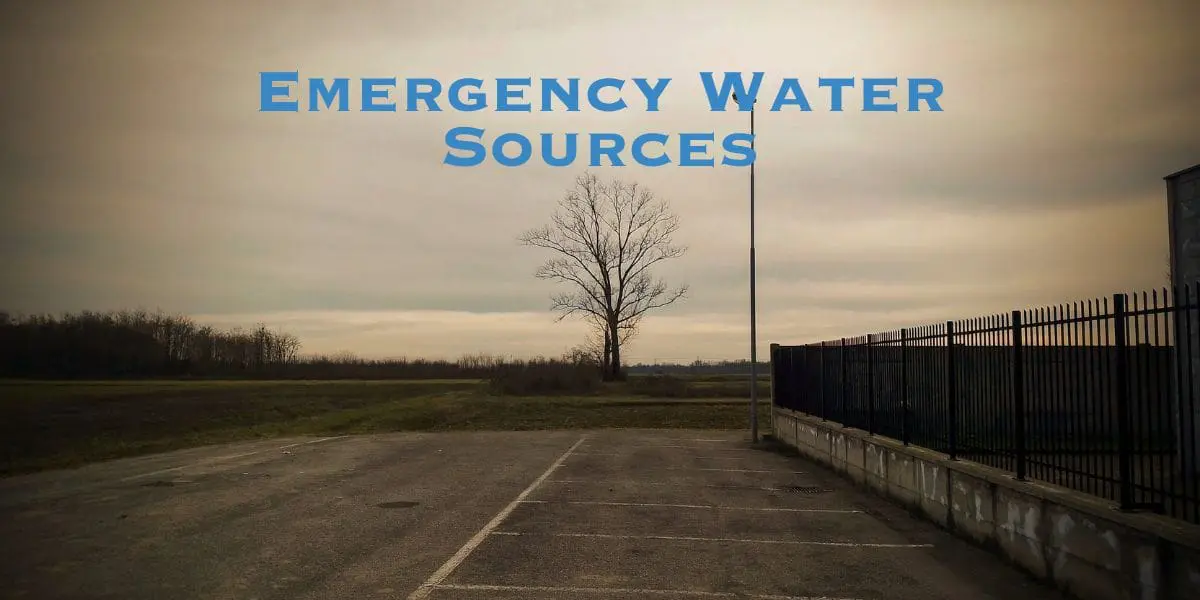The human body has a complex muscular system that is built from two main types of muscle fibers – Slow-twitch muscle fibers and fast-twitch muscle fibers.
Each of these types is suitable for different types of activities and in this article, we’ll dive into the details, so without further ado, let’s get to it!
Muscle Unit Activation
Before we get to the types of muscle fibers, let’s talk about muscle unit (muscle fiber) activation!
The reason why you have different types of fibers in the first place is that the human body is capable of many different types of activities.
You can run for hours on end, but you can also do short-burst, quick sprints.
Think of it this way – The more you increase your training intensity (strain), the more muscle units you activate.
At about 75-80% of your maximum strength capabilities, nearly all muscle fibers (muscle units) are recruited and activated.
Going above that 75-80% mark is only possible via an increased frequency of the brain-muscle signals.
This implies that there is a very intricate connection between your muscle fibers and the central nervous system responsible for delivering contraction signals.
Now let’s have a look at the two types of muscle fibers!

Slow-Twitch Muscle Fibers
Slow-twitch muscle fibers are the muscles you use when you’re running a marathon or biking uphill.
They provide endurance and stability, but they aren’t really capable of high power output.
These types of muscle units have low force production capabilities, so their main function is to produce energy for long periods of time.
Slow-twitch muscle fibers are recruited when you are far from your maximum strength capabilities, or in other words, when the activity isn’t really strenuous but rather, requires endurance.

Fast-Twitch Muscle Fibers
On the other hand, Fast-twitch muscle fibers are what you use when doing short intense sprints, heavy lifting, climbing, and any other strenuous activity that demands a certain level of power and strength.
These units have a high power output and can contract really quickly which is exactly why they’re engaged during such quick, short power bursts.
What’s interesting about Fast-twitch muscles is that they have a high fatigue rate because their energy source ATP gets used up really quickly!
Furthermore, as opposed to slow-twitch fibers, this type of muscle unit has much greater growth potential.
What this means for you is that if you are looking for visual development, you should stimulate fast-twitch fibers!
How To Stimulate Fast-Twitch Fibers
To stimulate Fast-twitch fibers, you should primarily do high-intensity training, such as weight lifting, calisthenics, climbing, and sprinting.
Such activities allow you to get closer to your maximum strength capabilities, thus activating and stimulating the development of your fast-twitch muscle fibers.
Generally speaking, as a beginner/intermediate trainee, 5-10 challenging working sets, per muscle group, per week, should be sufficient for the goal of increasing the size and strength of your muscles.

How To Stimulate Slow-Twitch Fibers
On the other hand, to stimulate slow-twitch muscle fibers and develop endurance capabilities, you should engage in activities that utilize them.
Running, swimming, and skipping for prolonged periods of time is a great way of developing your slow-twitch muscle fibers.
Nevertheless, this type of training should be carefully implemented into your training routine, if you are mainly looking to improve your body visually, as well as strength-wise.
Final Words
So, to recap: Fast-twitch muscle fibers provide quick and powerful bursts of energy, while slow-twitch muscle fibers provide endurance capabilities.
Your training routine should be carefully planned out in a way that will tip the scales in favor of the goal you have in mind.
This means that if you want to look better and be stronger, you should primarily focus on quick, powerful bursts and fewer cardio activities, or the opposite if your main goal is endurance.
In part 2 of this article series, we’ll go through the 2 types of muscle growth, so if you’ve liked this article stay tuned!






























